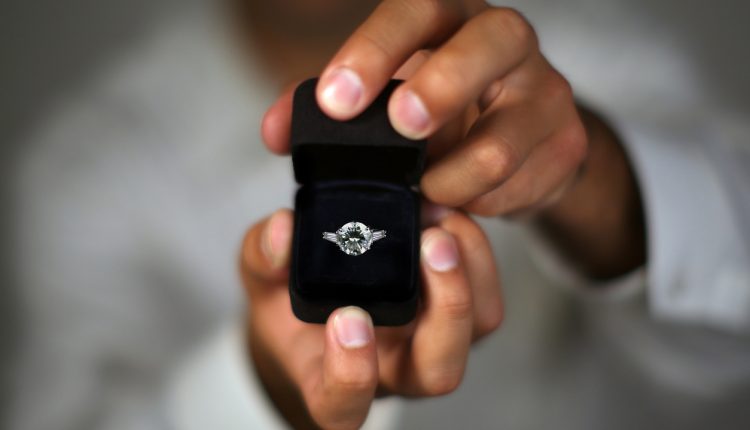3 Regulations to Consider When Buying Jewellery
When buying jewellery and diamonds, many customers aren’t clued up on UK jewellery laws and regulations.
For example, hallmarking can guarantee purity and the independent certification of a diamond can prove that the stone has been graded by an unbiased and professional examination. Read on as we cover all the key facts on UK jewellery laws and regulations.
1. Hallmarking
Hallmarking was established 700 years ago to avoid the fraudulent selling of precious metals. In Britain, if a jeweller claims that a piece has gold, silver, platinum or palladium in it, it must be hallmarked. This is according to the Hallmarking Act 1973.
What is a hallmark? A hallmark is a government seal that is stamped on a metal object to display its purity. Only an official UK government assay office can apply a hallmark and there are only four locations in the UK that carry this out. It’s important to note that only official assaying can guarantee standards, and this is something you can ask about when you buy jewellery.
You might also have noticed a difference in white and yellow golds. These must be further classified into 9K, 14K, 18K and 22K standards. It’s also essential for silver, platinum and palladium rings to satisfy a certain percentage of purity to meet UK hallmarking standards. It is a legal offence to claim that jewellery is made with a precious metal if it’s not hallmarked in this way, bear this in mind when you’re purchasing from an untrusted source.
There are some exemptions from precious metals objects, and these are those that weigh under a certain number of grams:
- 1 gram for gold
- 5 gram for platinum & palladium
- 78 grams for silver
You therefore won’t expect to see a hallmark if you purchase jewellery with metal content lower than the above figures.
2. Diamond certification
You’ll receive a diamond certification when you buy a piece of jewellery that has a precious gem in it. Always check that you receive a lab report or certificate to ensure that what you’re buying is legitimate. This certificate will describe important elements of the diamond such as the 4cs – colour, clarity, carat and cut. This is achieved by professionals evaluating and measuring the gem using industry tools such as a loupe or microscope. It’s important to note that only qualified individuals can carry this out.
Although certification does cost, the retailer often factors this in for the price of the jewellery. If you decide you want to buy a diamond but find it Is not certified yet, don’t panic. It might be the case that the diamond is newly cut and therefore hasn’t had time to be certified yet. But it is important to be wary in case the seller is concerned that a certification might reveal some defects to the diamond that would make it less attractive.
You might come across some jewellers that claim they don’t need independent certification. Perhaps they say that they guarantee that all of their diamonds are high-quality. This is one claim that you shouldn’t trust – always ensure that your diamonds have been third-party certified.
Another thing to bear in mind is the lab where the diamond was certified. Many diamond retailers use WGI (World Gemological Institute), IGL (International Gemological Laboratories), IGR (International Gemological Reports) and GIA (Gemological Institute of America). It’s worth noting that GIA labs are recognized to be the most prestigious and respected independent laboratories in the world and these labs set the standard when it comes to grading. For this reason, you might find that diamonds graded in these labs are sold at a higher price.
3. Metal content
It is also within UK regulations that the metal content in a jewellery piece is regulated. You shouldn’t experience any problems with this, but it’s worth bearing in mind before making a purchase.
Lead can cause problems when it is overly present in jewellery. This is why jewellery should not be supplied and lead should not be used in any part of jewellery pieces if the concentration is equal to or greater than 0.05% by weight. This can cause irritation which may lead to a reaction in some individuals.
You might be wondering how the karat of a metal is measured – note that this is different to the carat (the unit of weight for a diamond). The karat is used to measure the purity and quality of gold in jewellery. The purest of gold is 24 karat and this figure decreases as it is mixed with other metals, these may be silver or copper for example. The purity of this metal gives it the bright yellow appearance. Although pure, it is not very wearable as pure gold is very soft and can change shape easily if it is not mixed with other metals.
Stay vigilant when purchasing your next piece of jewellery such as a necklace or wedding rings by getting to grips with UK jewellery regulations.
Sources: http://www.assayoffice.co.uk/latest-news-and-press/nickel-testing-%E2%80%93-how-does-the-new-legislation-affect-me




